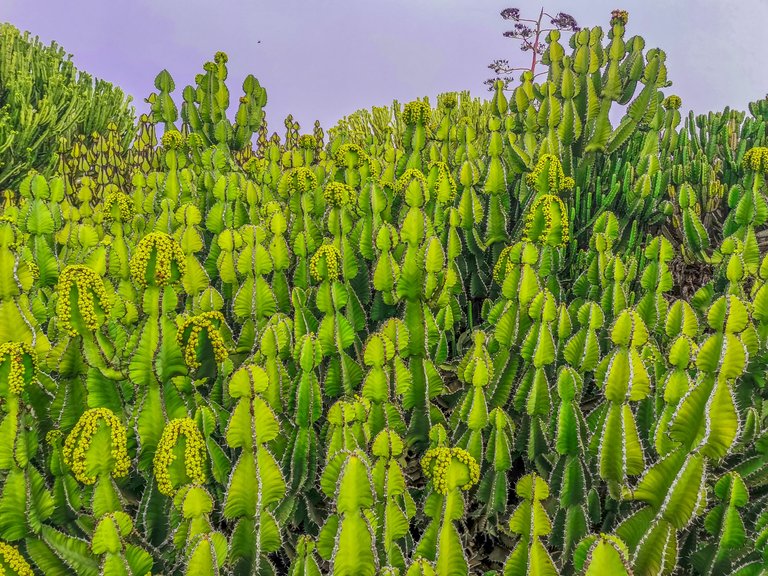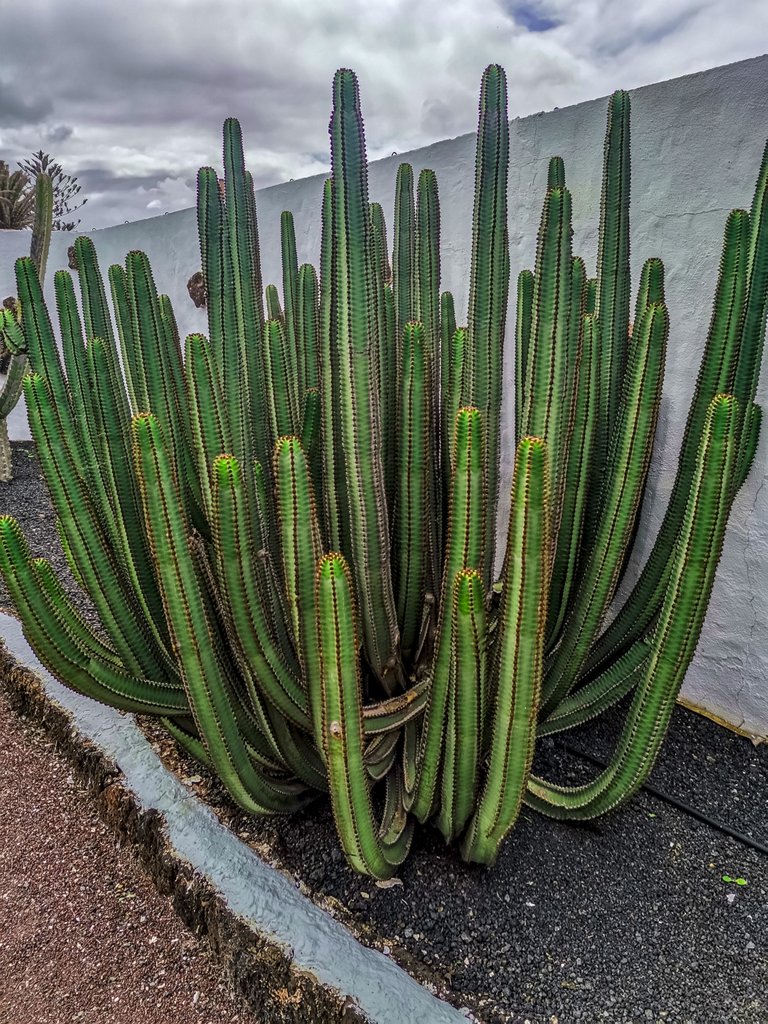While on my past trip, that I almost forgot that I had at all, I saw massive cacti.
I really am amused by the harsh nature that not only is there but thrives at this island.
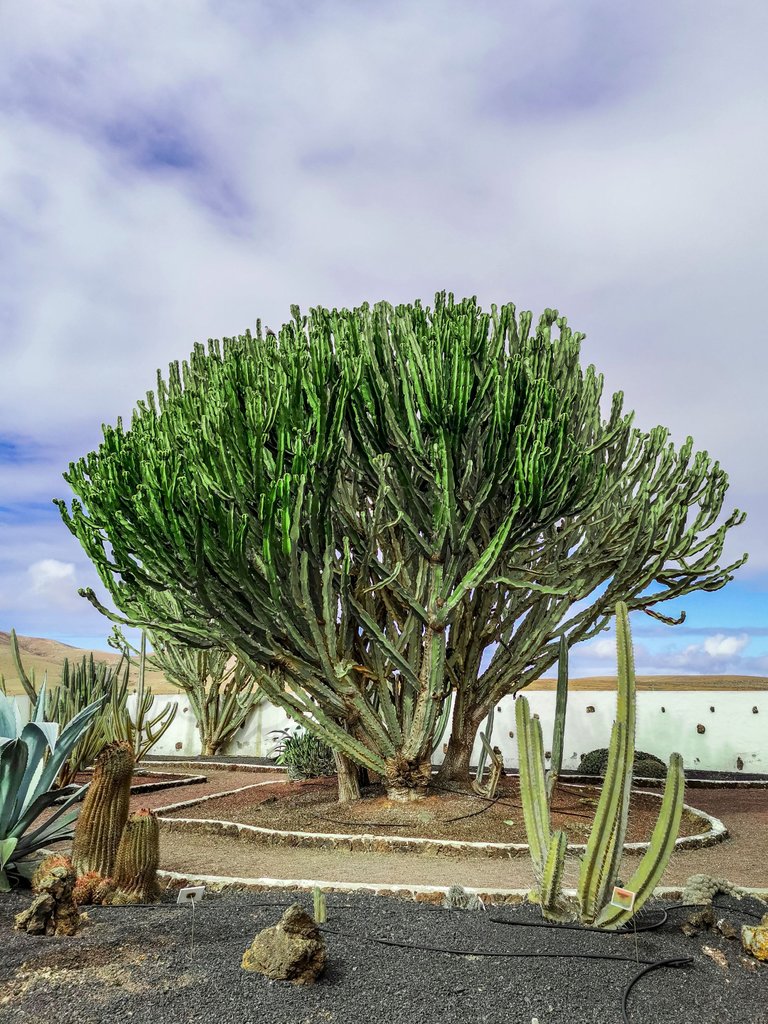
This is I think one of the biggest Cactus Euphorbia Ingens I saw during that trip. For sure there will be higher ones. But without a scale is hard to get how tall is this specimen.
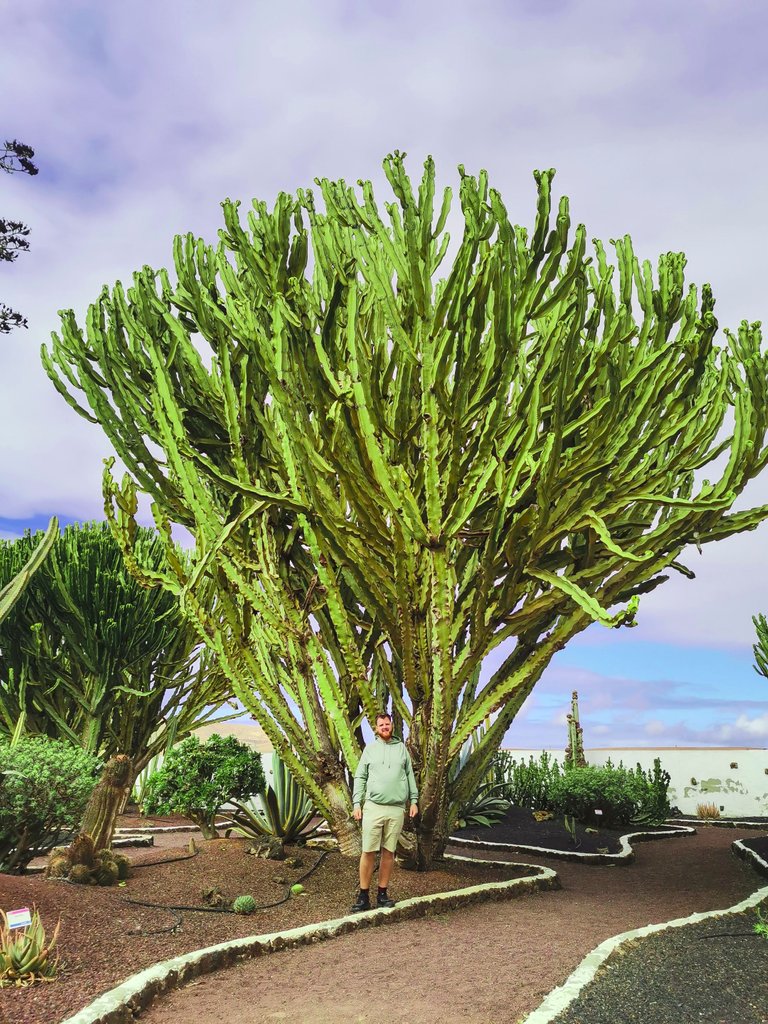
here there I'm for reference. I'm not myself a very tall guy but I'm not small in any dimension :P

Euphorbia ingens is a large cactus-like succulent native to southern Africa. It is commonly known as the candelabra tree due to its branching structure that resembles a candelabra. The stem of the Euphorbia ingens contains a white sap that is poisonous and can cause skin irritation, making it a protective mechanism against herbivores.
Euphorbia ingens is drought tolerant and can survive in arid environments. It can grow up to 12 meters tall and live for up to 100 years. The plant produces small yellow flowers and greenish-yellow fruit.
Euphorbia ingens is a popular ornamental plant in gardens and parks due to its unique appearance and hardiness. It is also used in landscaping as a hedge or boundary plant due to its ability to form a dense thicket.
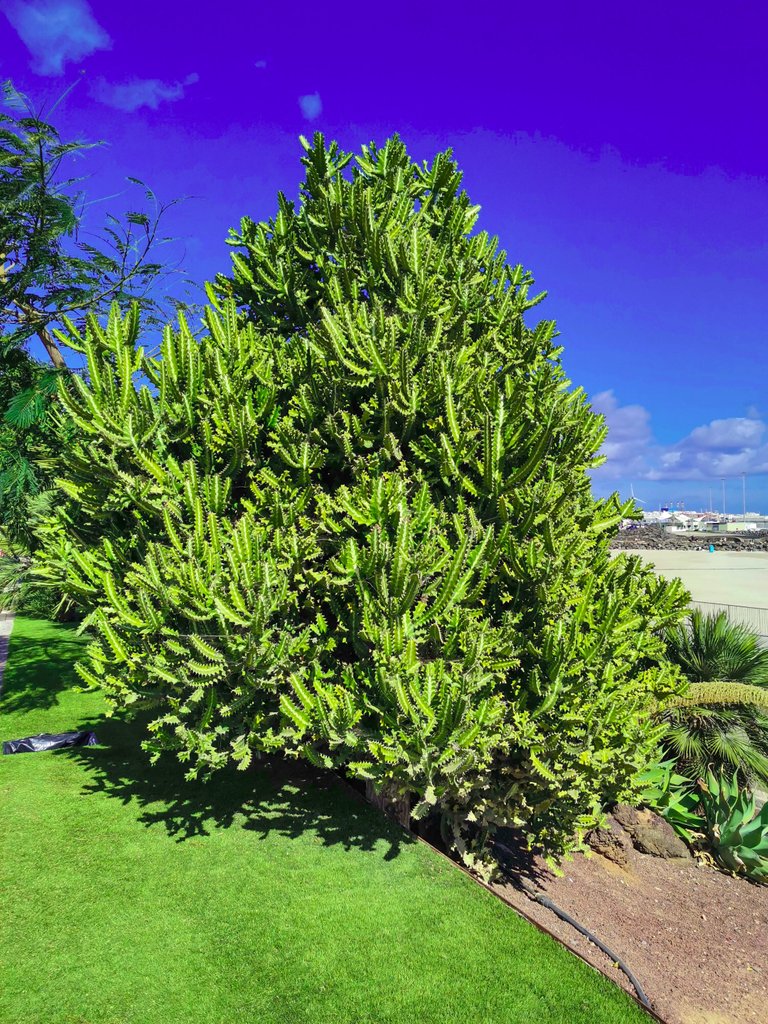
Almost all today's pictures are from Cheese Museum Majorero (Museo del Queso Majorero)
I really recommend this place for the garden, cheese is also nice ;P But from my not highly sophisticated taste it is the same as Oscypek Chesse from Podhale region in Poland. Nevertheless it is worthwhile going there.
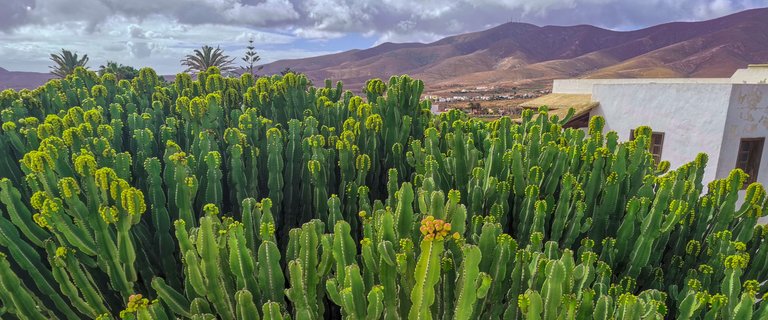
On the roof you can enjoy such lovely views seeing mountains and top of cacti.
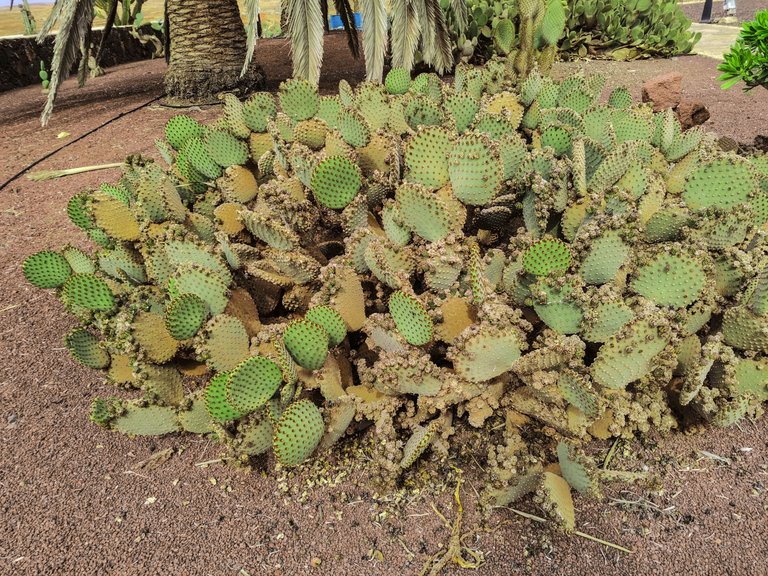
There are also alot of other cacti like Opuntia.
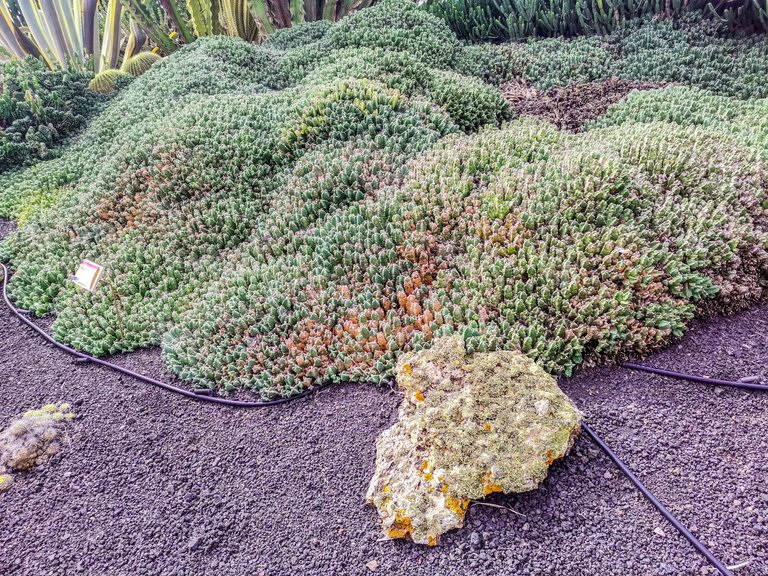
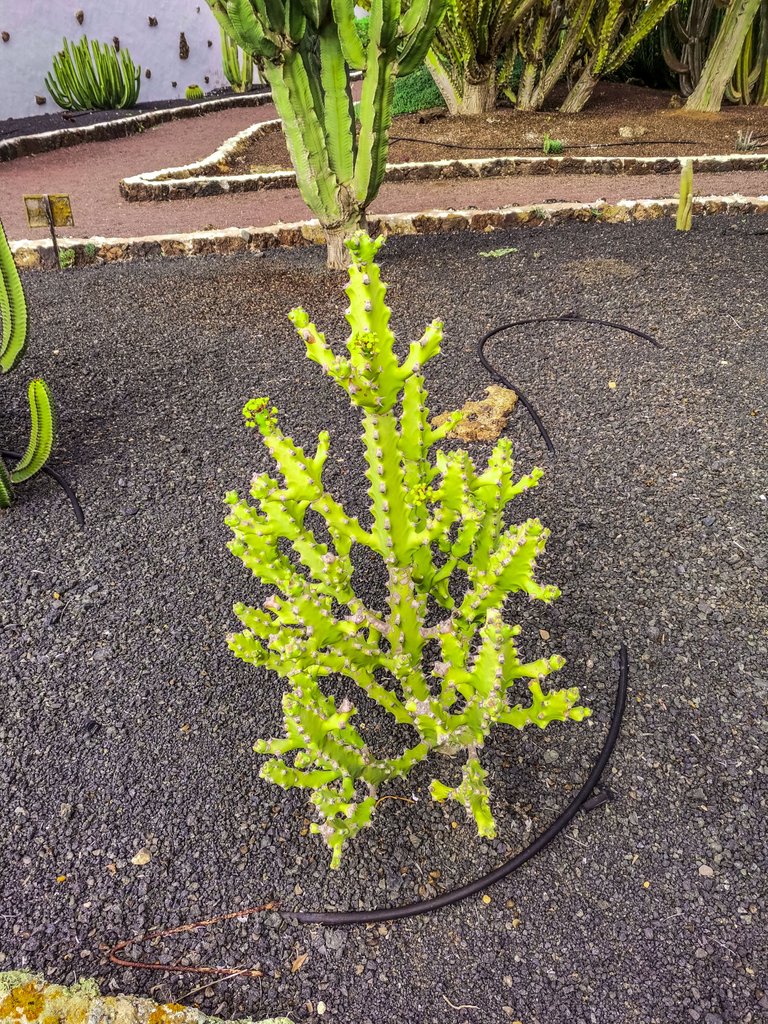

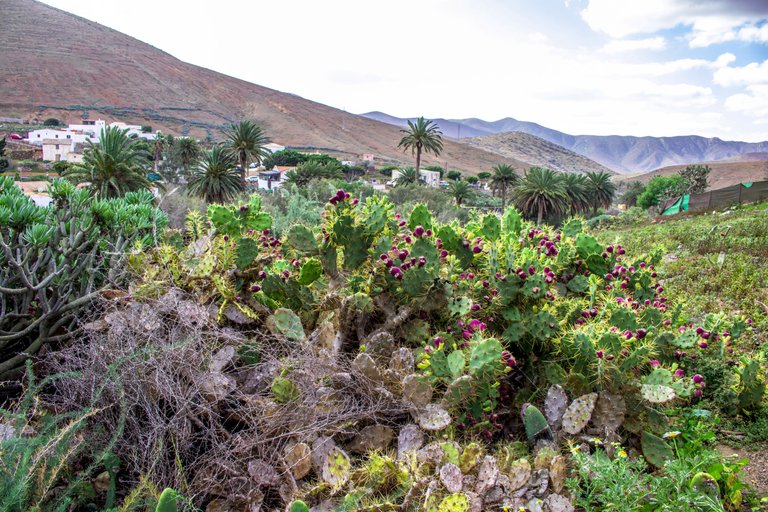
It is hard to eat fruits of Opuntia. the needles are everywhere. And once on skin it is almost impossible to get all of them out.
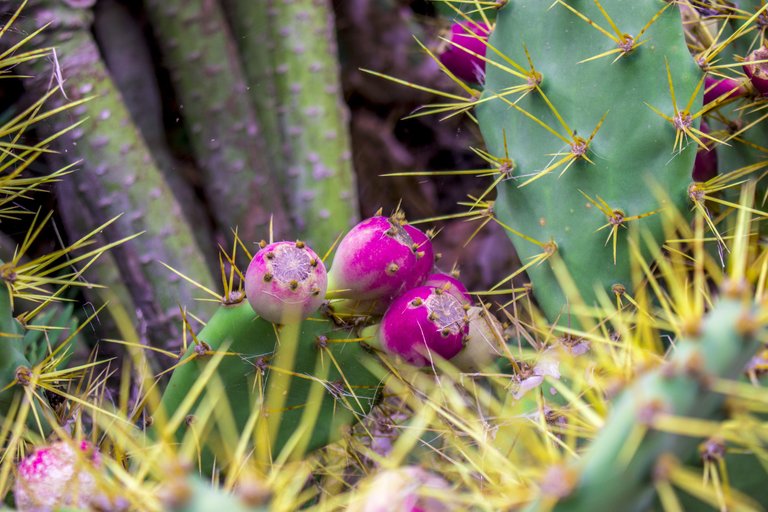
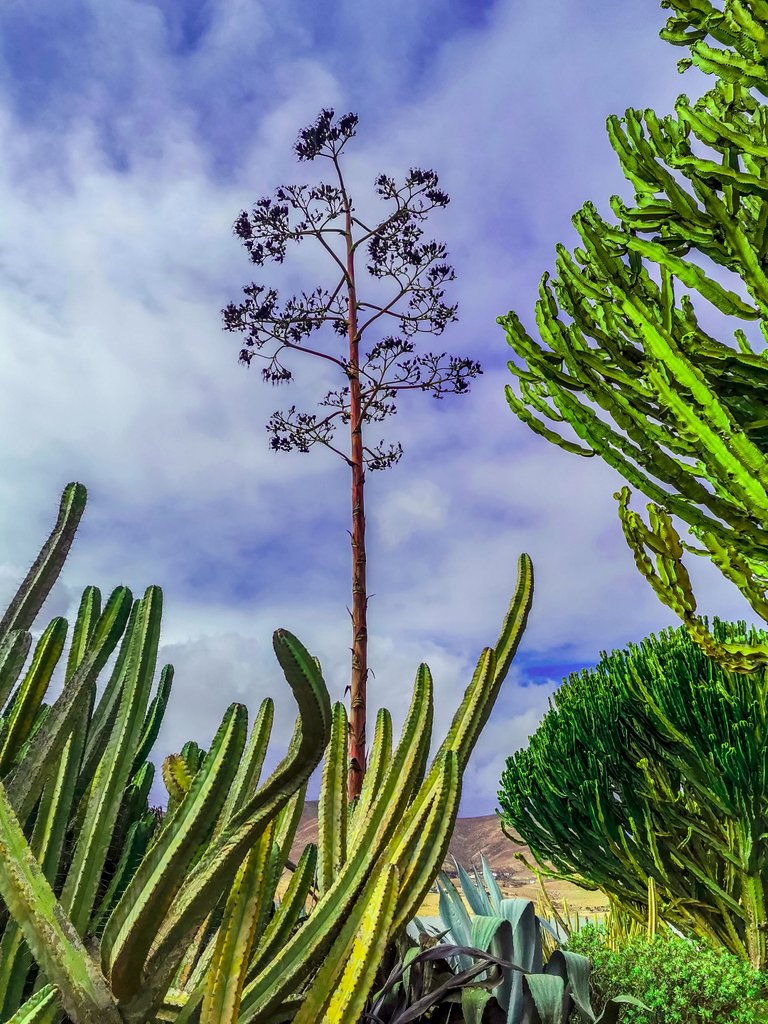
Also I knew that agave could grow really high but here I saw few ones that I estimate to be over 5-6 meters high
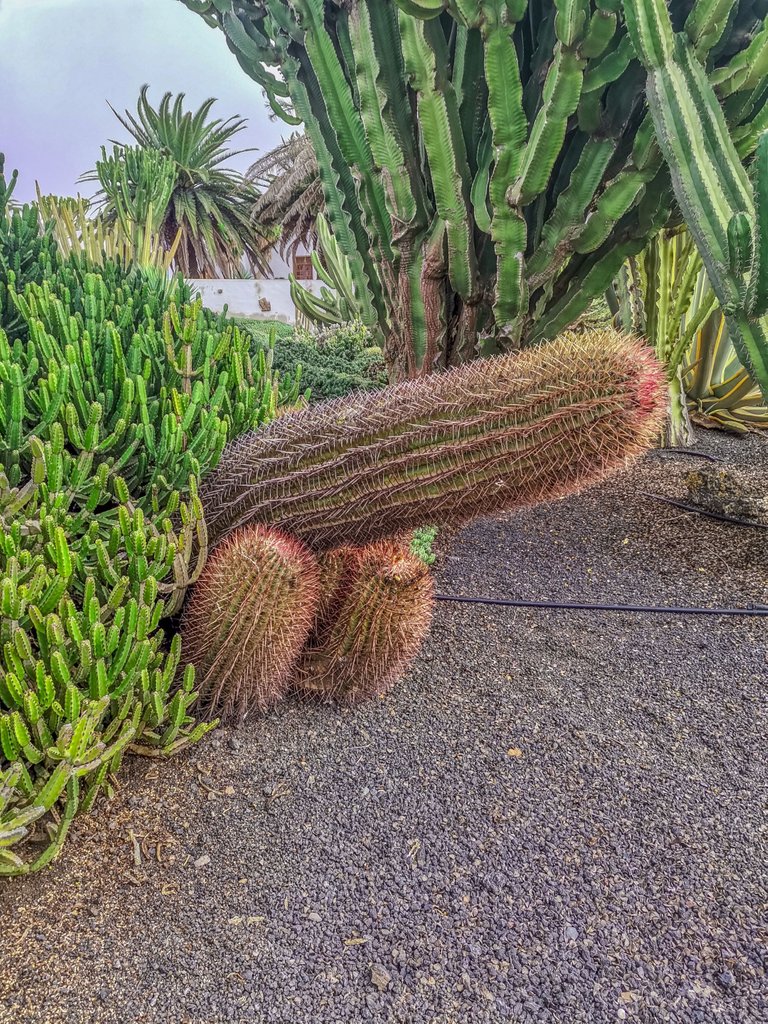
Sorry but it is not my fault ;P
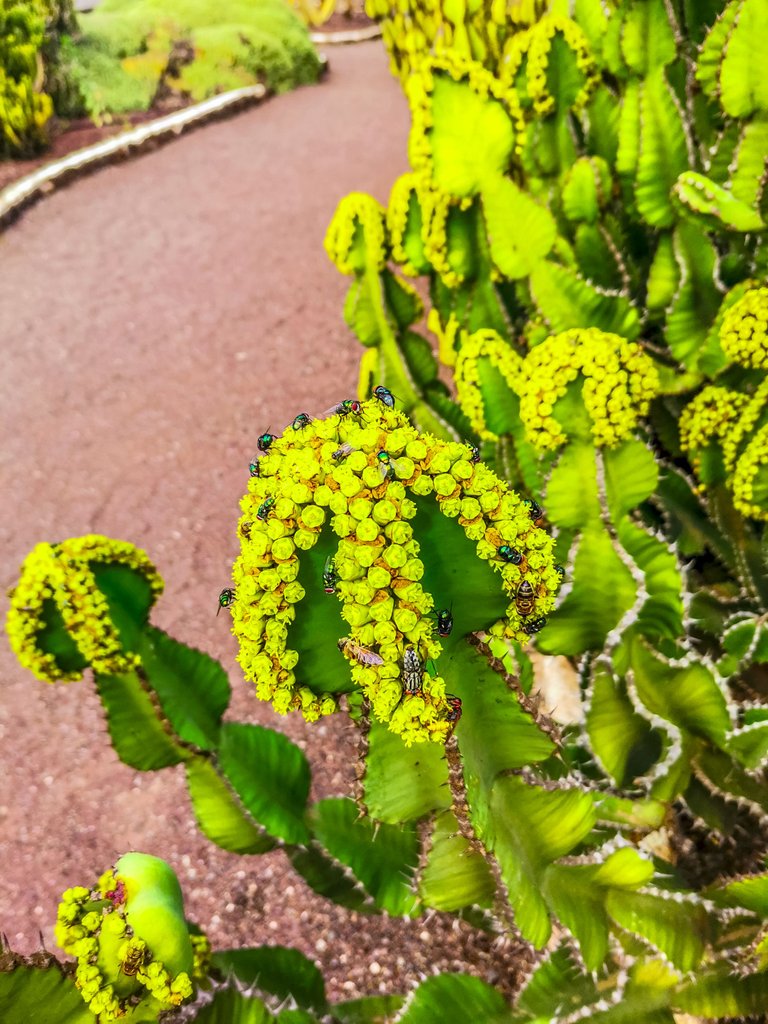
Flowering Euphorbia Ingens was full of not only flies but if you can spot there are also hoverfly Eristalinus taeniops
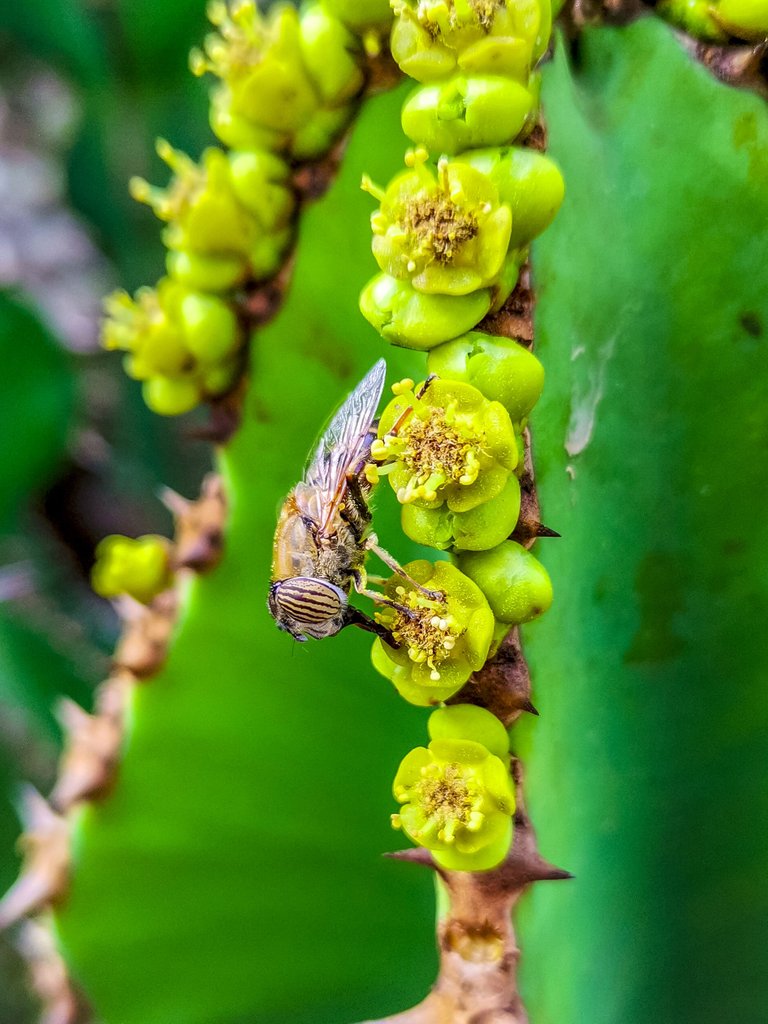
I really do not know how I managed to snap this macro with my Huawei P40 Lite. But I believe it is awesome. Firstly I though they were honeybees but no ;P Eristalinus taeniops hoverfly is a common sub-Saharan species known for its black and yellow striped abdomen, resembling that of a bee or wasp. They are important pollinators and decomposers. Their larvae exhibit cannibalistic behavior, possibly for resource competition. They are active during the day and serve as a food source for birds and predators. They are also being studied as a biological control agent against crop pests to reduce the use of harmful pesticides.
Please enjoy more photos:
